Compressed Air Dryers for Optimal Air Quality
Compressed Air Dryers
Compressed air dryers are critical components in compressed air systems, designed to remove moisture from compressed air after it leaves the compressor. By eliminating water vapor, these dryers prevent corrosion, protect downstream equipment, and ensure high-quality air for various industrial applications. Available in refrigerated and desiccant types, they cater to diverse operational needs.
Refrigerated Dryers
Refrigerated dryers cool compressed air to a low temperature, typically between 35°F and 50°F, causing water vapor to condense into liquid for removal. These dryers are energy-efficient and ideal for general-purpose applications where a pressure dew point (PDP) of 35°F to 40°F is sufficient. They are widely used in manufacturing, automotive, and food processing industries, offering reliable performance and low operating costs.
Available in cycling and non-cycling models, refrigerated dryers balance energy efficiency and performance. Cycling dryers adjust cooling based on demand, reducing energy consumption, while non-cycling dryers maintain constant operation for consistent air quality.
Desiccant Dryers
Desiccant dryers use adsorbent materials, such as silica gel or activated alumina, to remove moisture from compressed air, achieving very low dew points (down to -40°F or lower). These dryers are essential for sensitive applications, such as pharmaceuticals, electronics, and cleanroom environments, where even trace amounts of moisture can cause damage or contamination.
Desiccant dryers come in heated and non-heated configurations. Non-heated (heatless) dryers use a portion of the dried air to regenerate the desiccant, making them simple and reliable. Heated dryers, including blower purge and heat-of-compression models, use external heat sources to regenerate the desiccant, improving energy efficiency for high-volume applications.
Benefits of Compressed Air Dryers
Compressed air dryers enhance system reliability by preventing corrosion in pipes and damage to pneumatic tools. They improve product quality in industries like food and beverage, where moisture can compromise hygiene standards. By maintaining low dew points, dryers ensure compliance with stringent industry regulations, such as ISO 8573-1 air quality standards. Additionally, energy-efficient designs, like cycling refrigerated dryers or heated desiccant dryers, reduce operational costs.
Durability and Maintenance
Built for industrial environments, compressed air dryers feature robust construction with corrosion-resistant materials like stainless steel or coated aluminum. Refrigerated dryers often include easy-to-clean heat exchangers, while desiccant dryers have replaceable desiccant beds for straightforward maintenance. Regular upkeep, such as draining condensate or replacing desiccant, ensures long-term performance and minimizes downtime.
Applications Across Industries
Compressed air dryers are vital in industries such as manufacturing, pharmaceuticals, food and beverage, and electronics. Refrigerated dryers support general-purpose applications like pneumatic tools and spray painting, while desiccant dryers cater to specialized needs in cleanrooms and precision manufacturing. By delivering dry, clean air, these dryers enhance equipment longevity and product quality across diverse sectors.

Compressed Air Treatment Products
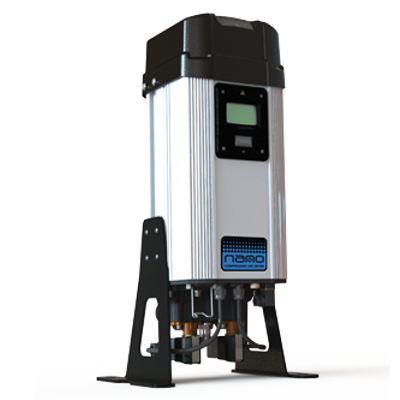
Desiccant Dryers:
Moisture and Particulate Protection
- Flow Rates from 3 to 177 scfm
- Localized Application
- Pure and Dry Air Output
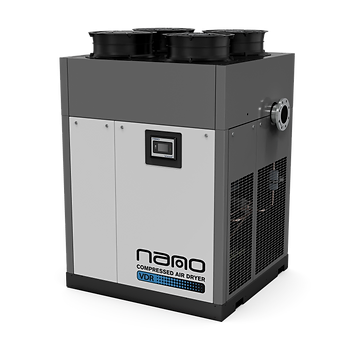
Refrigerated Dryers:
For Ultra Dry Compressed Air
- High Performance Efficiency
- Powered by AC
- Cools to +37.4°F
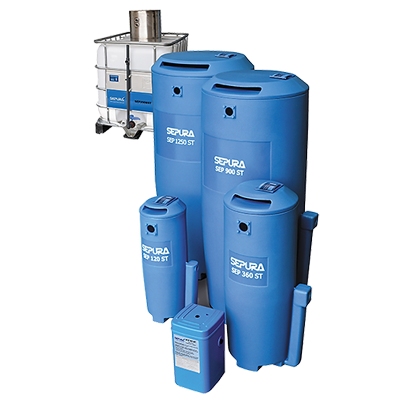
Oil Water Separators:
Effective Condensate Treatment
- Advanced Oil-Absorbing Filters
- Reduces to 5 ppmv
- Handles up to 10,000 scfm
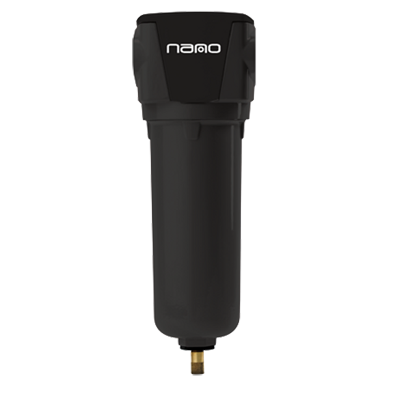
Centrifugal Water Separators:
Eliminate 99% of Liquids
- Capacities from 25 to 3000 SCFM
- Minimal Pressure Loss
- ISO 9001 Certified
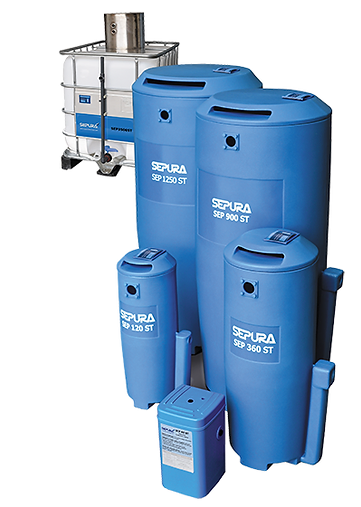
Condensate Management:
Air & Water Separation
- Centrifugal-Based Separation
- Efficient Oil Capture
- Available in Multiple Sizes


